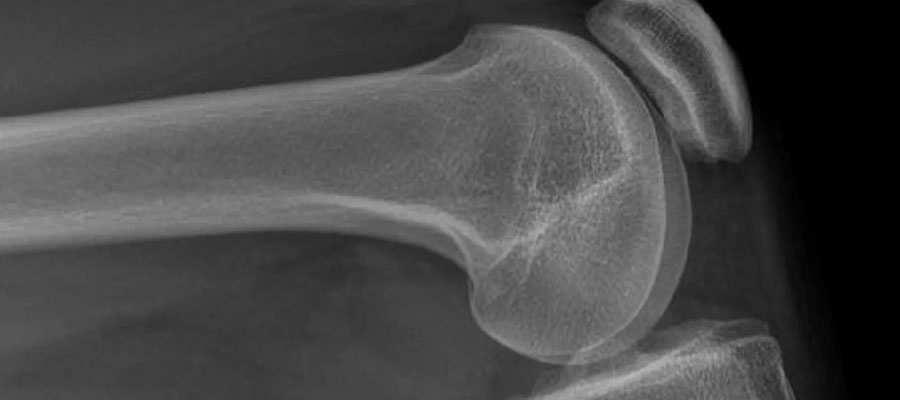
An X-ray is a type of radiation (a form of electromagnetic radiation) that can pass through the body, producing images of the internal structures. It is one of the most commonly used imaging techniques in medicine for diagnosing various health conditions, particularly related to bones, joints, and soft tissues.
Causes
- Accidents or Trauma : In cases of bone fractures or dislocations, an X-ray helps to determine the extent of the injury.
- Infections : To detect lung infections (such as pneumonia) or bone infections.
- Cancer Diagnosis : Used to detect tumors in areas such as the lungs, chest, and bones.
- Dental Problems : Dental X-rays are used to identify cavities, gum diseases, or tooth infections.
- Respiratory Issues : Conditions like pneumonia, tuberculosis, or lung cancer may be diagnosed with a chest X-ray.
Symptoms
- Pain or Swelling : Persistent pain in the bones or joints after an accident or injury may warrant an X-ray to rule out fractures or joint damage.
- Limited Range of Motion : If a patient is unable to move a part of their body due to pain or injury, an X-ray can help detect fractures or joint problems.
- Lung Symptoms : Persistent cough, shortness of breath, chest pain, or fever could lead to a chest X-ray to detect lung diseases like pneumonia or lung cancer.
- Infections or Fever : If there is fever or signs of infection in the bones (e.g., osteomyelitis), an X-ray can help confirm the presence of bone infections.
- Low-Grade Fever
Treatment
Orthopedic specialists perform a thorough evaluation to identify the root cause of X-Ray. This may include:
- Fracture Management : X-rays help determine the type, location, and extent of a bone fracture, which helps decide whether the fracture requires a cast, splint, surgery, or other methods of treatment.
- Guiding Surgery : In some surgeries, such as orthopedic procedures, fluoroscopy (real-time X-ray imaging) is used to assist in precise placement of pins, screws, or plates.
- Monitoring Disease Progression : In conditions like arthritis or osteoporosis, regular X-rays help track the progression of joint deterioration or bone loss.
- Dental Treatments : X-rays are used to plan treatments for cavities, root canals, or dental implants.
- Cancer Detection : An X-ray can be part of the process for detecting and monitoring cancer, especially for bone cancer or lung cancer.
Prevention of X-Ray
Orthopedic specialists often emphasize the importance of prevention through:
- Bone Health and Injury Prevention
- Respiratory Health
- Dental Health
- Cancer Prevention
X-rays are an essential diagnostic tool that helps identify a wide range of health conditions, including bone fractures, lung diseases, and infections. They play a vital role in treatment planning, monitoring progress, and ensuring accurate diagnoses. While X-rays are a valuable tool, preventive measures such as bone health maintenance, smoking cessation, and regular health check-ups can help reduce the need for diagnostic imaging by minimizing the risk of injury and disease.